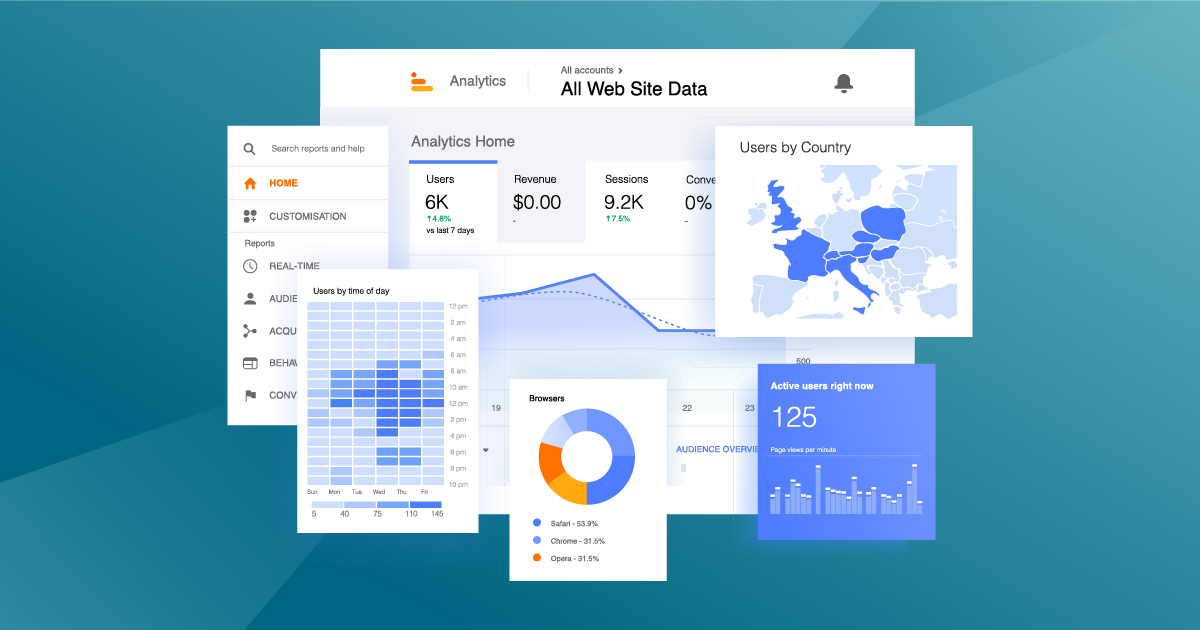Ah, the ever-expanding, constantly changing, and all-powerful thing that is social media. Whether we like it or not, social media holds a special place in our society, and subsequently in business marketing. It is almost a certain fact that your audience is on at least one of the main social media platforms. If your audience is there, shouldn’t you be too?
But as we both know, it’s not that simple. With so many people and businesses on social media, the competition is fierce and overwhelming. You can no longer write something and share it and expect an ROI; it’s much more strategic than that.
Yet, don’t confuse strategy with complexity. There is a lot you can do right now to start taking a strategic approach towards building or improving your social media strategy. Below, we outline the building blocks for social media. These best practices that may seem like little things but are necessary in order for your platforms to grow and flourish.
The social media guide includes the following points:
- Cross-channel practices
- LinkedIn best practices
- Facebook best practices
- Twitter best practices
- Instagram best practices
Cross-Channel Practices
How to Come Up with Post Ideas
The first step to writing any social posts, determining what you want to post about. Different posts serve different purposes. For example, you may promote an upcoming event to encourage people to sign up and attend. Or, you may share a fun photo of your team to show appreciation for your employees.
Your social media platforms should include a variety of posts but sometimes differentiating your feed can be difficult. Here are some ideas for coming up with post ideas:
- Analyze competitors’ accounts
- What is receiving a lot of engagement? What are they posting on Facebook vs Twitter?
- Search relevant hashtags and the conversations around those topics
- Common questions or topics asked by customers/clients
Common social post examples:
- Share blogs or articles
- Promote upcoming courses, events, or new products or services
- Holiday posts
- User-generated content (images or videos shared by your audience)
- Industry updates or news
- Photos of the team, courses, etc. (photos that create a personal connection to the company)
- Short video clips
Engage with Your Audience
If you want people to like and comment on your social posts, you have to be willing to do the same. Engagement is not a one-way street. You have to take the time and effort to interact with your audience, including customers or clients, partners, or other businesses. Some ways to start engaging with your audience include:
- Respond to comments on your posts
- Respond to content that mentions or tags your company
- Comment or engage (like, share, etc) with relevant customers/clients’ posts
How to Use Hashtags
We can’t cover the entirety of hashtag best practices in just a few paragraphs but conveniently, we created a dedicated how-to guide for hashtags! But to summarize, here are some key takeaways for ways to use and incorporate hashtags.
Create a unique branded hashtag
Establish a hashtag that is unique to your business, such as your business name or tagline. When you use and promote this hashtag, others are able to use it to connect with your business or search for other user-generated content.
Use hashtags for marketing campaigns
If you are running a large campaign that will be promoted and discussed on social, you can create a custom hashtag for the campaign. This easily allows all campaign-related content to be curated together.
Incorporate trending hashtags
Join the conversation! For fun or for business, trending hashtags provide a great opportunity to engage with others. But always know the ‘why’ behind each hashtag before posting to ensure it aligns with your business values.
Include content-specific hashtags
Hashtags are searchable, meaning if you include a hashtag within your post, others that follow or search that hashtag would be able to find your post. That also means, some hashtags have higher competition than others; the more people include that hashtag in their posts, the more posts you compete with. The goal is to use hashtags that are relevant to your post and have enough engagement that they are beneficial but not too much so that your post gets lost.
Reach Local Audiences
A tip and trick for limiting your hashtag competition is using location-based hashtags. This is useful for businesses with a physical location or those that serve a defined area.
So now that we’ve covered the basics of social media best practices, let’s dive into the best practices of each platform!
LinkedIn Best Practices
“96% of B2B content marketers use LinkedIn for organic social marketing” – Hootsuite
LinkedIn Post Length
For LinkedIn, there are two types of posts that perform well, one is the typical shorter text post that includes an attached media (image, link, article, etc), and the other is a long-form post which is a post that includes a lot of text (paragraphs or text). Unlike other platforms, LinkedIn provides a place to write and share longer content that will perform well. The key is to post a variety of post lengths, short and long-form, and keep track of the type of posts that receive more engagement.
- Ideal length: 1-2 sentences (50-100 characters)
- Long-form post max of 1,300 characters
Hashtags for LinkedIn
- Ideal number: 1-5 hashtags
- Naturally incorporate hashtags in the body of the post, rather than all listed at the end
- Finding relevant hashtags
- Search hashtags in the search bar to see how many followers and posts it has
- Can view those posts and see what other hashtags the post included
- When typing the hashtag into the search bar, LinkedIn will autopopulate commonly searched hashtags
- When writing a LinkedIn post, it will provide suggested hashtags to include that are relevant to the content you are posting
- Search hashtags in the search bar to see how many followers and posts it has
LinkedIn Visuals
- Ideal image size: 1200 x 627 pixels
- Recommended video ratio: 1:2.4 to 2.4:1 and max 5GB
Sharing Links on LinkedIn
- Remove the URL from the caption once the link has auto-populated to declutter the post
Facebook Best Practices
“With over 2.32 billion active monthly users, Facebook remains the most widely used social media platform” – Oberlo
Facebook Post Length
- Ideal length: 1-2 sentences (40-80 characters)
Hashtags for Facebook
- Ideal number: 1-2 hashtags
- Naturally incorporate hashtags in the body of the post, rather than all listed at the end
- Finding relevant hashtags
- Search hashtags in the search bar to see how many people are posting about it
- Can view those posts and see what other hashtags the post included
- When typing the hashtag into the search bar, Facebook will autopopulate commonly searched hashtags
- Search hashtags in the search bar to see how many people are posting about it
Facebook Visuals
- Ideal image size: 1,200 x 630 pixels.
- Recommended video size: 1280 x 720 pixels (portrait and landscape)
Video note: It is recommended to include closed captions on videos to comply with ADA best practices as well as engage more users that watch videos on mute.
Sharing Links on Facebook
- Remove the URL from the caption once the blog has auto-populated to declutter the post
Twitter Best Practices
“82% of B2B content marketers used Twitter for organic content marketing in the last 12 months” – Hootsuite
Twitter Post Length
- Ideal length: 1-2 sentences (71-100 characters)
- Max length: 280 characters
Hashtags for Twitter
- Ideal number: 1-2 hashtags
- Naturally incorporate hashtags in the body of the post, rather than all listed at the end
- Finding relevant hashtags
- Search hashtags in the search bar to see how many people are posting about it
- Can view those posts and see what other hashtags the post included
- When typing the hashtag into the search bar, Twitter will autopopulate commonly searched hashtags
- On the left-side of your profile page, there is a list of trending topics or hashtags based on who you follow and where you are located
- Search hashtags in the search bar to see how many people are posting about it
Twitter Visuals
- Ideal image size: 1200 x 675 pixels
- Recommended video size: 1200 x 1200 pixels
Sharing Links on Twitter
- Keep the URL in the caption, it will automatically be removed when the post is shared and displayed as an image
Instagram Best Practices
“Instagram is now the popular platform for following brands” – Sprout Social
Instagram Post Length
- Ideal length: 2-4 sentences (138-150 characters)
Hashtags for Instagram
- Ideal number: 11 hashtags
- Incorporate multiple hashtags in the body of the post and then list the remainder at the end
- Finding relevant hashtags
- Search hashtags in the search bar to see how many people are posting about it
- Can view those posts and see what other hashtags the post included
- When typing the hashtag into the search bar, Instagram will autopopulate commonly searched hashtags
- Search hashtags in the search bar to see how many people are posting about it
Instagram Visuals
- Ideal image and video size
- 1080px by 1080px (Square)
- 1080px by 1350px (Portrait)
- 1080px by 608px (Landscape)
Sharing Links on Instagram
- Do not include links in the caption because Instagram does not hyperlink URLs
- If you wish to promote something on Instagram that requires a link, paste the URL in your bio section and direct people to that location (“Link in bio”); otherwise, avoid posting content that requires clicking a link.
How Will You Start Using These Best Practices?
And, that’s a wrap! There’s a lot to remember when it comes to social media marketing, but if you take the time to start incorporating these best practices, you’re on your way to getting the most from social. To make it easier, we recommend ‘Bookmarking’ or saving this blog for future reference (a little tip of the day that we often use!).
If you are looking for more high-level social media strategy planning, we have you covered! Our team at Evolve specializes in developing comprehensive marketing strategies that are uniquely designed to meet your business goals. We can help you develop a social media plan that aligns with your overall marketing strategy. Marketing isn’t a divide and conquer approach, so for true success, your social media needs to support your other marketing efforts.







